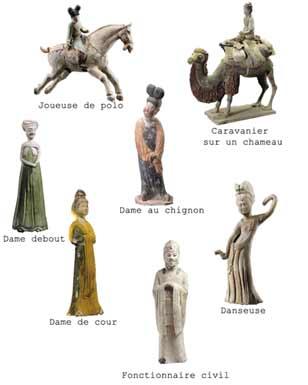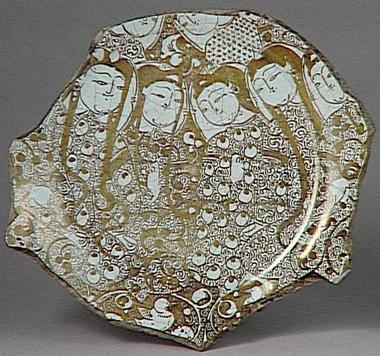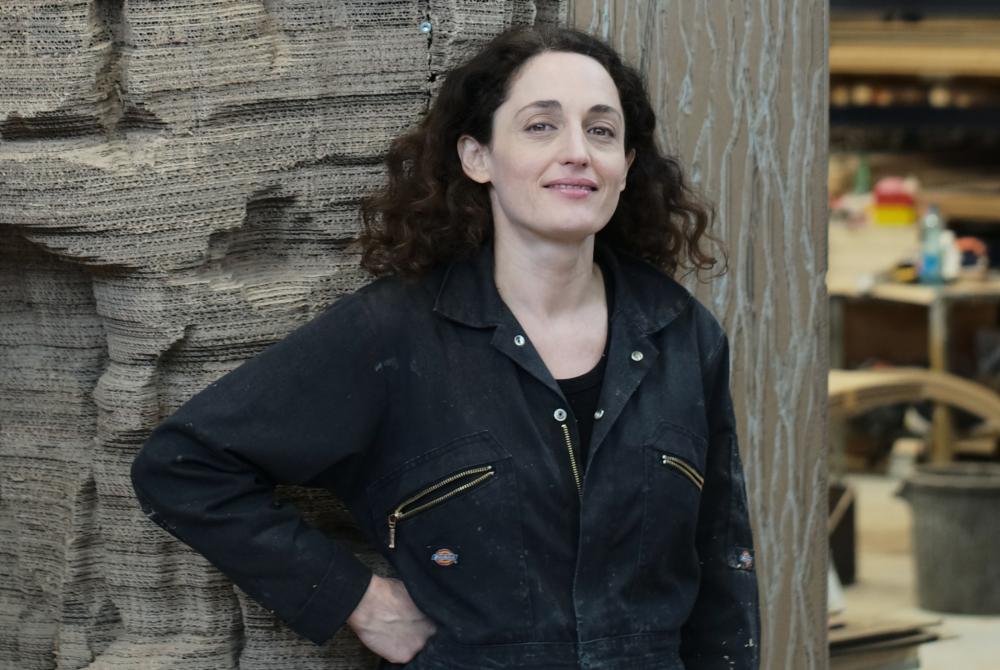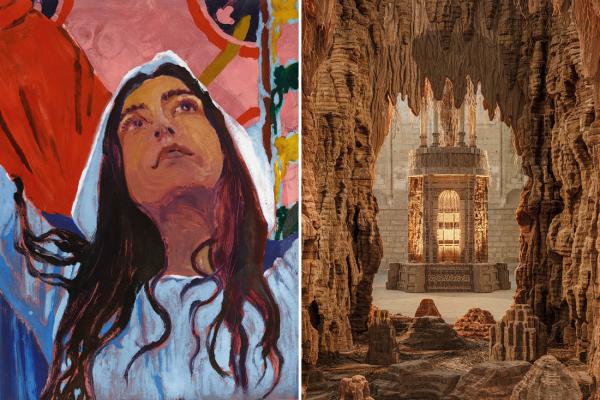Votre panier est vide
Besoin d'inspiration ?
Rendez-vous dans le programme en ligne du GrandPalais
Article -


In China
The art of ceramics had a key place in Chinese courts. In the 8th century, statuettes (Mingqi) from the Tang Dynasty (618-907) rivalled each other for elegance and originality. There was a wide variety of subjects: court ladies, public officials, dancers, traders travelling in caravans, etc. Porcelain, manufactured in China since the first centuries of our era, became an exceptionally high quality ceramic due to its durability, its whiteness and above all its translucency, obtained from the 11th century. Under the Yuan Dynasty (1279-1368), it was covered with cobalt blue and was increasingly manufactured in order to be sold to other countries (Korea, Japan, Iran, etc.).
In Europe
In Europe, this ceramic is only mentioned from the 13th century, following the travels of the famous Marco Polo. From the 15th century, its blue and white decorated pieces would be admired and envied by numerous countries who would try for centuries to imitate it, to find the secret of this “white gold” which would only be revealed in the 18th century.
The Byzantine Empire
The Byzantine Empire produced glazed ceramics. The Islamic world invented faience (in Mesopotamia in the 8th or 9th century). It covered every surface, from the floor to the walls. Decorated with geometrical and floral motifs, as well as people, it was sometimes produced in metallic colours to imitate silver and gold and would spread to the whole of the Mediterranean basin. Also produced in Spain, where it is referred to as Hispano-Moorish ceramic, it was the inspiration for the first Italian majolicas of the Renaissance.

Votre panier est vide
Besoin d'inspiration ?
Rendez-vous dans le programme en ligne du GrandPalais
See content : In the fantastic world of Eva Jospin: 8 questions for the artist

Article -
At the Grand Palais, Eva Jospin's "Grottesco" exhibition offers a timeless journey. Mysterious caves, sculpted nymphaea, petrified forests and "embroidered tableaux" come together to form a world apart. In this interview, the artist reveals her sources of inspiration, her relationship with cardboard and embroidery, and the way she turns each viewer into an explorer of her fantastical landscapes.
See content : Mickalene Thomas at the Grand Palais: an ode to love and black beauty!

Mickalene Thomas, Afro Goddess Looking Forward, 2015
Article -
It’s happening today! The exhibition All About Love opens its doors. With flamboyant portraits, self-assured bodies and bold expressions of femininity, Mickalene Thomas celebrates the beauty of Black women at the Grand Palais. A joyful and committed...
See content : It's open! Eva Jospin and Claire Tabouret: two new exhibitions at the Grand Palais

Article -
Until March 15, you're invited to explore the fascinating worlds of Eva Jospin and Claire Tabouret, presented in two Grand Palais galleries linked by the same entrance.